Google has announced the Pixel 8 and Pixel 8 Pro — its two newest Android phones. And you know what? I actually feel pretty hopeful about them. Maybe even a little excited.
Given my history with Google’s smartphones last year, this caught me off guard. Why? I had a horrible experience with the Google Pixel 7 Pro. It was a phone that did so much so incredibly well, and I desperately wanted to love it. However, a nonstop series of performance issues, software bugs, and other problems made it difficult to use — even impossible — at times.
Now, fast-forward to the Pixel 8 series. Google’s not reinventing the formula for its latest Pixels. But it has made some surprising and unexpected upgrades. I got to use both the Pixel 8 and Pixel 8 Pro very briefly ahead of their release, and I came away unexpectedly optimistic. In fact, I can’t wait to stop writing this article just so I can go back to using them more.
The Pixel 8 Pro is the best the Pixel has ever been
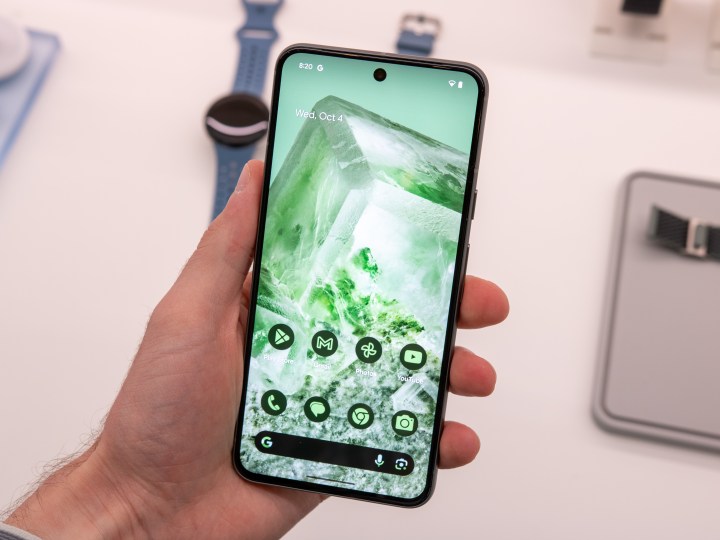
Let’s talk about the main event first: the Google Pixel 8 Pro. It’s the more powerful of the duo, and it’s set to compete directly with phones like the iPhone 15 Pro Max and Samsung Galaxy S23 Ultra. And I think it could actually hold its own against them.
Something Google absolutely nailed this year is the design. The Pixel 8 Pro is covered with glass on the front and back, but the rear glass panel has an exquisite matte finish. It almost feels like satin when you touch it, and it’s easily one of my favorite changes for this year’s phones. It’s soft, comfortable, and (at least during my brief time with the phone) appears to retain hardly any fingerprints. And despite the 6.7-inch display, it didn’t feel too bulky or cumbersome to hold. Google rounded and softened almost every aspect of the design compared to the Google Pixel 7 Pro, and the end result is mighty impressive.
Speaking of the display, it has every spec necessary to be one of the best of the year. The refresh rate now varies all the way from 120Hz down to 1Hz, it gets up to an eye-searing 2,400 nits of outdoor brightness, and Google’s new “Super Actua Display” is supposed to display more accurate and true-to-life colors. I need a lot more time with the phone to properly judge how good this whole package actually is, but at least during my initial hands-on time, it made a fantastic first impression.
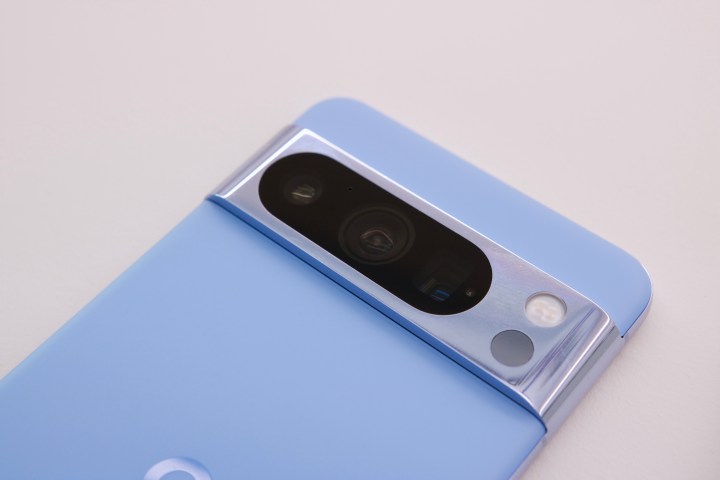
Finally, in typical Google fashion, there’s a lot to be excited about for the camera experience. There’s a new 50MP main camera with a larger f/1.68 aperture, the ultrawide camera has gone up from a 12MP sensor to a 48MP one, and the 48MP telephoto camera — while still capped at 5x optical zoom — offers a tighter field of view and a larger aperture for (theoretically) improved lowlight photography.
It’s a really impressive package on paper, and although the price has increased from $899 to $999 this year, I think Google still has a decent value proposition on its hands. It’s cheaper than the most powerful iPhone and Samsung’s highest-end flagship, and it could very well go toe-to-toe with them in almost every regard.
Also, can we please take a second to admire the new Bay blue color? It’s phenomenal. I’m obsessed with it. Google! Other phone companies! More colors like this, please.
But the smaller Pixel 8 looks even better

The Pixel 8 Pro is arguably the more exciting of the two new Pixels. But if you ask me, it’s the smaller Pixel 8 that I’m actually looking forward to a little bit more. For one thing, Google’s done something that most other phone companies seem to have no interest in: It’s made its newest phone smaller. What a concept!
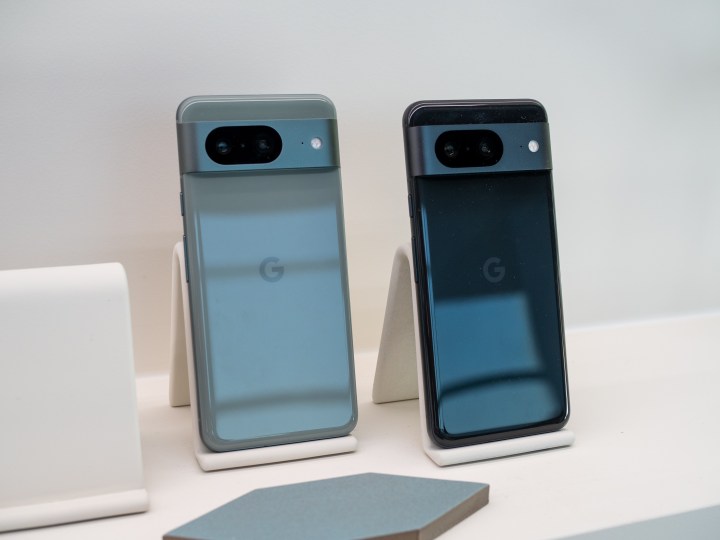
My only design qualm? Google uses a glossy glass back for the regular Pixel 8. It doesn’t look bad, but it also doesn’t have the same unique feel as the matte glass of the Pixel 8 Pro. It’s an understandable change to keep some separation between the two phones, but I’m still going to complain about it.
Beyond that, the regular Pixel 8 retains a lot of the same experience you’ll find on the Pixel 8 Pro. You now have a 120Hz display (up from 90Hz on the Pixel 7), the same new 50MP main camera, and identical features like an IP68 rating, face unlock (that works for the lock screen and applications), reverse wireless charging, and more. You don’t have a dedicated telephoto camera, and the ultrawide camera is downgraded to a 12MP sensor, but there’s no reason to believe the Pixel 8 won’t still be capable of capturing outstanding photos, even with its lesser hardware.
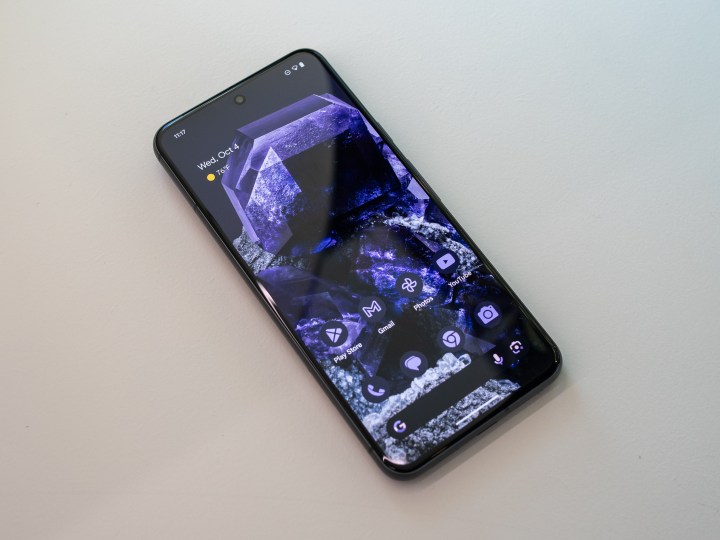
The best part of all this? The price. The Google Pixel 8 starts at $699, and while that’s also an increase from last year’s $599 price, it still looks like an incredible value. That puts it against phones like the OnePlus 11 and Samsung Galaxy S23, and if Google delivers on its promises (which, admittedly, is a big if), that could make it one of the year’s best smartphone values. Hands down.
Yes, the Google Pixel 8 Pro has more specs and is flashier all around. But a phone with (mostly) flagship specs, a compact body, an impressive design, and a price of just under $700? It’s a really tempting package and one I think could be a smash hit for Google.
The one big caveat for the Pixel 8 series
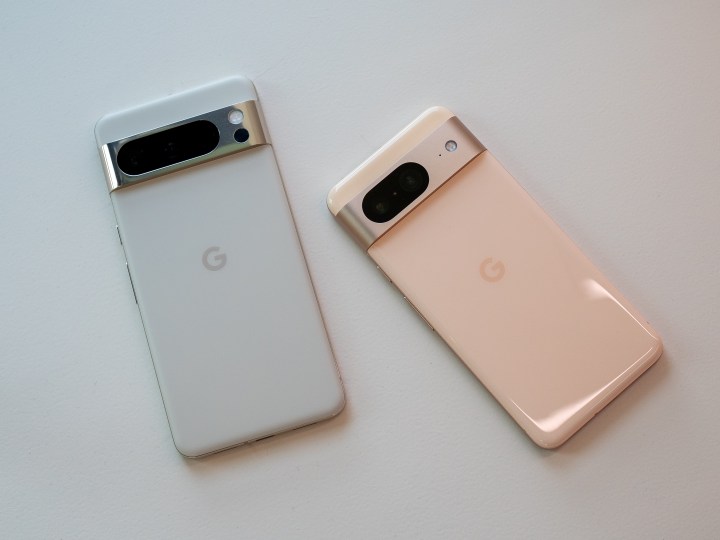
Now, we get to the part of the article where I have to put on my pessimistic hat. Yes, I’m looking forward to these new Pixels, but I’m always acutely aware of how easily all of this could fall apart. And it all hinges on the Tensor G3.
Similar to the Pixel 6 and Pixel 7 series, the Pixel 8 lineup is powered by a custom Google-designed chipset. It’s the company’s third attempt at creating its own smartphone chip, and it’s making a lot of big — and very vague — promises about it. We know the CPU is a new ARM V9 cluster and that there have been “GPU upgrades.” Google says that “every major subsystem has been upgraded” for this new Tensor G3.” And that’s … basically all we know!

I have no doubt that the Tensor G3 will be more than capable of running all of my apps and handling my go-to games — whether it’s Marvel Snap or Call of Duty: Mobile. But it’s not raw horsepower I’m concerned about. What I want to know is how everything else about the chip works. Is the Tensor G3 still going to make the Pixel 8 blazing hot after minutes of use, as we’ve seen on Tensor and Tensor G2 phones? Is its power efficiency going to be any better, or is it still not going to make it past a single day of use? Will it be capable of running Android 14 smoothly, or will it also be riddled with random bugs and glitches like we’ve seen from Google’s last two attempts?
Those aren’t questions I’ll have the answers to until I spend more time with the Pixel 8 and Pixel 8 Pro, and based on my past experience with Google’s phones, that’s where I get worried. Tensor chips have proven to be incredibly inconsistent for the last two years. Some people have perfectly fine experiences with them, while others — like me — can’t seem to escape Tensor’s problems no matter how hard we try.
I desperately hope the Tensor G3 addresses these problems. No matter how good the rest of the Pixel 8 package looks, none of that will matter if you can’t rely on the piece of silicon that makes it tick.
Is the 8th time the charm for Google?
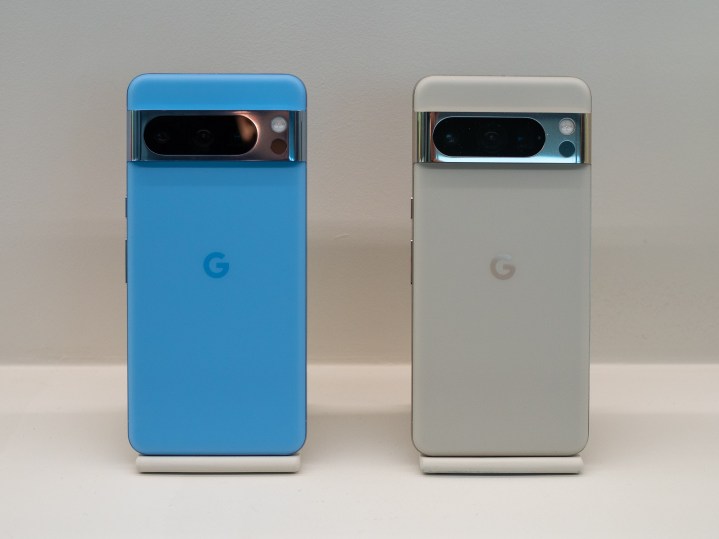
So, is this the year that Google finally hits a home run with the Pixel? I sure hope so. I like basically everything I see with the Pixel 8 and Pixel 8 Pro, and getting to use the phones — if just briefly — only heightened that excitement. Is that feeling warranted, or am I in for another year of bugs and headaches? I sure hope it’s the former.
Google made a lot of smart decisions with the Pixel 8 series. They look great, feel incredible, and have spec sheets that more than warrant their new prices. Now, it’s time to start reviewing these phones to see if they can actually meet the high expectations Google has set for them. If they can, we’ll be in for something special. If not, well … you already know what to expect from me if I get burned by the Pixel series again.
The Google Pixel 8 and Pixel 8 Pro are both available for preorder now and will go on sale on October 12.
Editors’ Recommendations